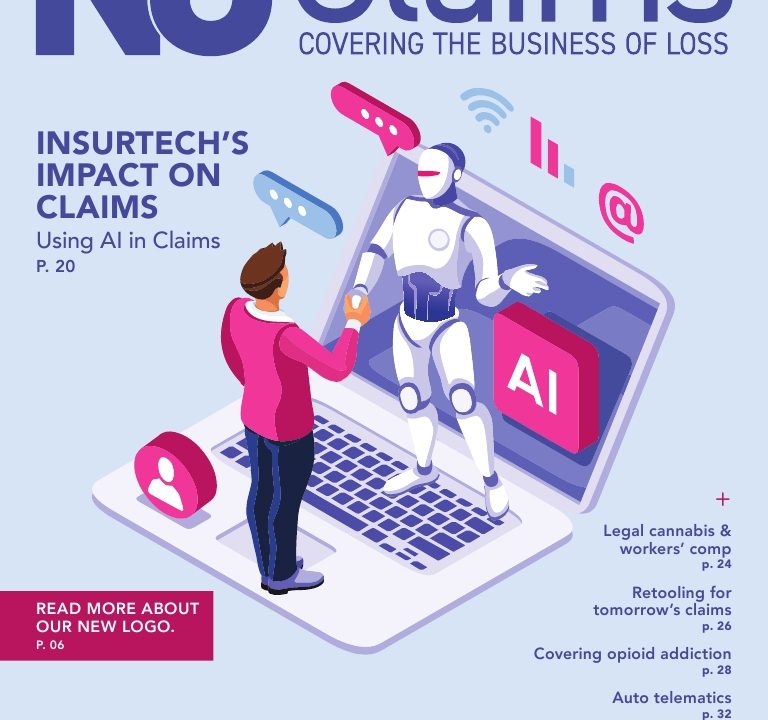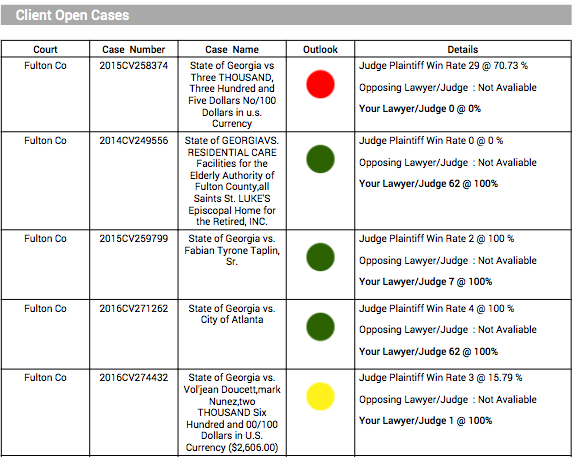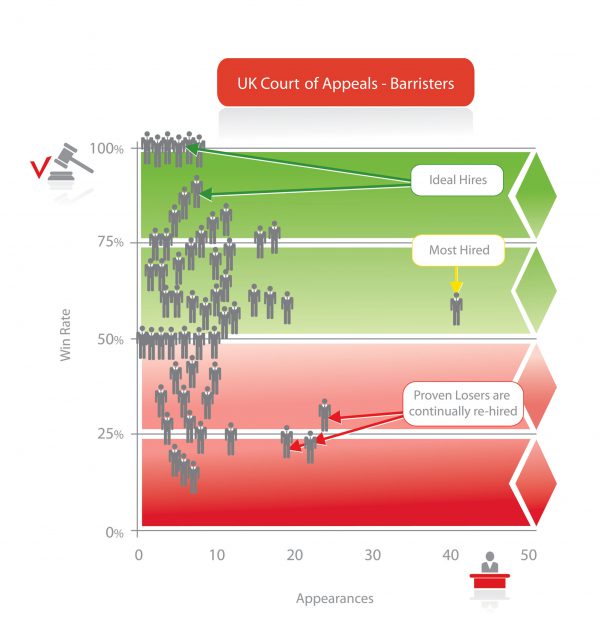AI and Big Data: The elephant in the room for legal procurement?
AI and Big Data: The elephant in the room for legal procurement?

Article written by Stephn Dilley
When asked about Artificial Intelligence, it would be hard not to conjure up images from Stanley Kubrik’s 1968 film – 2001: A Space Odyssey. Yet today AI is developing apace, notably with IBM’s Watson which is beginning to have an interesting application in the health care sector.
In the legal sector, I was fascinated to recently come across these three studies which on the face of them appear turn conventional wisdom about legal procurement on its head.
The first reported an abstract from an academic article by Dr Chris Hanretty, Reader in Politics at the University of East Anglia. It looked at looked at the success of litigants in tax cases in England and Wales between 1996 and 2010, exploring the effect upon success of having better-ranked legal representation, according to rankings of barristers published by a legal directory. It appeared to conclude that Lawyer rankings either do not matter for litigation outcomes or are redundant:

Another study used Artificial Intelligence to collect data from 11,647 cases in the UK High Court between 2012 and 2014. It found a negative correlation between popularity (ie the rate at which barristers and law firms were hired) and performance (win rate).
The final study looked at US law firms and found that big law firms had a 6.98% advantage over small. Not anywhere near as significant as you might think.
Click here to download the latter two publications. https://premonition.ai/publications/
[col grid=”100″ tgrid=”100″ mgrid=”100″]
There are some limitations in the UK High Court study:
1. It looked at the tip of the iceberg because, the vast majority of cases settle before trial (and settlement was not counted in the figures). For instance at County Court level (which this study did not concern), some data suggests a settlement rate of 96% to 97%. http://open.justice.gov.uk/courts/civil-cases/
Many claims do not even get issued at Court. It’s entirely possible of course that the trend also follows through for those categories of cases (but we don’t know – it may not).
2. The study did not assess the difficulty of a case, although insofar as barristers were concerned, the authors suggest that the cab rank rule ought to have prevented Counsel from cherry picking easy cases. (I am not sure whether this applied to law firms).
3. I suspect there may have been cases which parties pursued against legal advice (either at the outset, or after new information came to light), or where the legal advice was that the prospects were reasonable but not great or a “slam dunk”. The study could not look at that information because it was privileged.
Nevertheless, the findings have fascinating implications for the future of legal procurement. So why aren’t we seeing big data and AI in wider use? I suspect there are a few reasons:
1. The psychology of the buyer
Perception is reality. Law is a conservative profession. In-house lawyers may feel more comfortable choosing law firms of a significant size, or with proven sector expertise, to deal with their important litigation ie the “IBM factor.” Clients are becoming aware of the leading directories and using those as one of many selection criteria in their RFPs. There are other reasons for buying too, for instance responsiveness, quality of relationships and advice. Buying is often a combination of logical and emotional factors.
2. The important of small data
As this Forbes article explains, Big data does not tell the whole story. Insights can come from being present and observing small details: http://www.forbes.com/sites/rogerdooley/2016/02/16/small-data-lindstrom/#785d9852398e
The branding expert Martin Lindstrom explains this through the story of Lego. In 2002, Lego was in difficulties. A customer study suggested that this was down to customers’ declining attention span. Lego had to compete with video games. Lego responded by using bigger blocks so that their customers could finish their buildings more quickly. That approach failed. Sales declined further.
A visit to an 11 year old boy by Lego researchers to understand its customers brought a fresh perspective:
““This young kid paused for a second and then he points at these sneakers, worn-down sneakers standing on the shelves. He says, ‘This is what I’m most proud of… This sneaker is the evidence that I’m the best skater in town. You see, when I’m skating, I slide down at an angle of twelve and a half degrees. That generates exactly that worn down sole you have on this sneaker. This is my evidence for me being number one in my city.”
Lego realized its customers would spend hours doing something they were passionate about, provided they were in control. Lego changed its strategy. They brought back smaller blocks. Today they are one of the worlds top toymakers.
3. Time
AI and big data analytics are emerging technologies. Clients are becoming increasingly sophisticated buyers and part of that means focusing on smart metrics. It seems like a “when” not an “if” there will be a paradigm shift and these disruptive technologies will become more mainstream. Ignore them at your peril, but for procurement perhaps their impact is even more powerful when used in collaboration with other barometers of performance.








